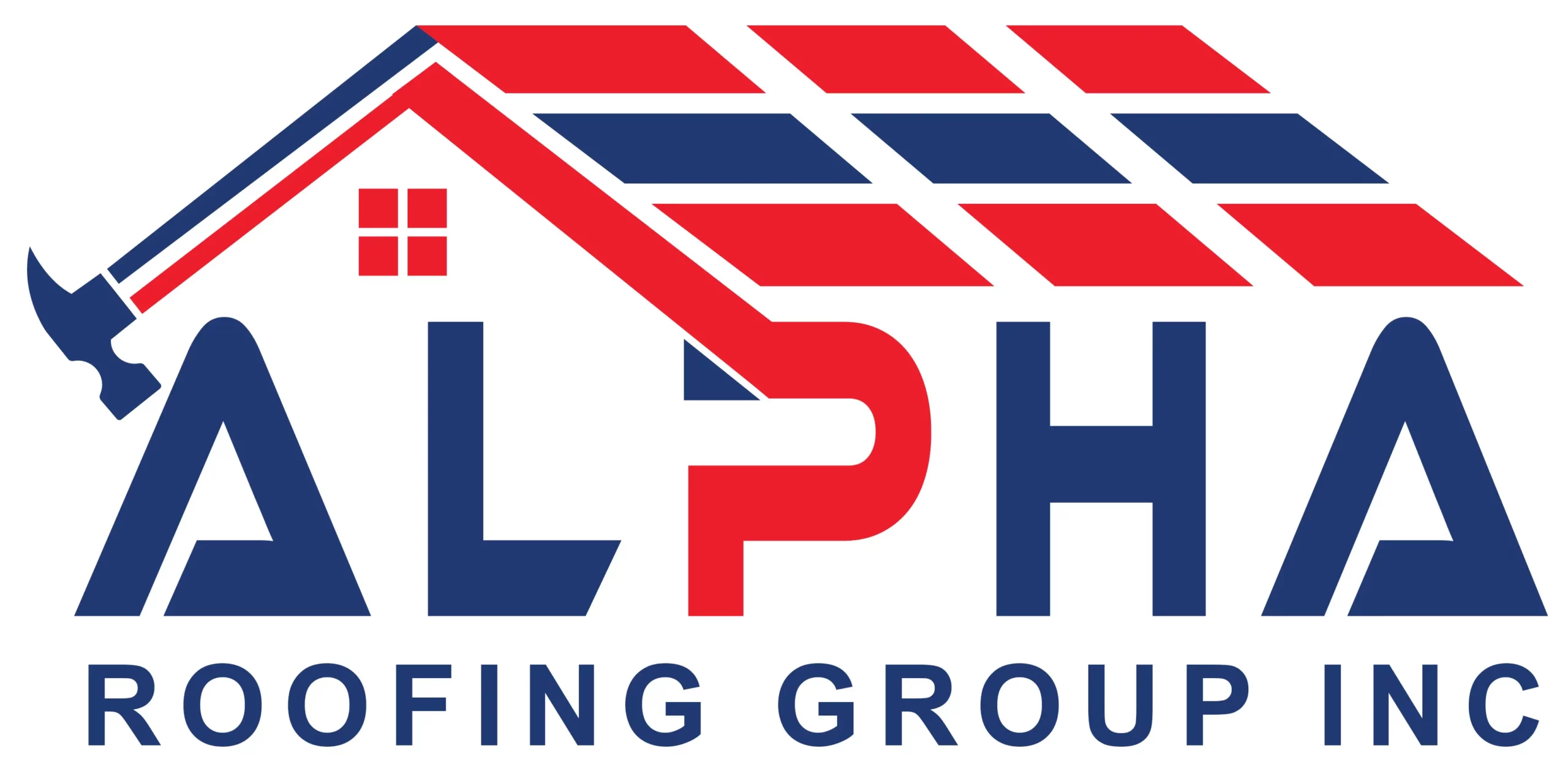Weathering The Storm: Understanding The Fundamentals Of Roof Inspections
The National Roofing Contractors Association suggests that a regular roof damage inspection is, well, right at the top of any homeowner’s to-do list. Bi-annual inspections — once in the spring and again in fall — help to identify potential problems before they develop into far bigger, and more costly, headaches. But what does a roof inspection call for, exactly? Tight rope walking skills? The ability to identify a weather cock from a weather vein? Not quite. This practical and pun-packed guide to roof damage inspection is here to save the day (and your hip pocket).
No Horsing Round: A Guide To Roof Damage Inspection
Taking The Reigns: Pre-inspection Roof Health
Setting off on your roof inspection journey begins on the ground. Fact check: according to the Insurance Institute for Business & Home Safety, nearly 40% of all homeowners’ insurance claims are due to hail, wind, or Unshaken Roof/Debris-induced damage. Checking for these possibilities is your first order of the day. Pro tip: an up-to-date roof maintenance guide is your best reference for thorough, accurate checks.
What’s Up, Doc? Identifying Roof Damage Signs
Roof inspections have a lot in common with a doctor’s check-up. It’s all about spotting the signs of potential trouble. Key indicators to look out for include loose or missing shingles, raised nails, sagging, or evidence of water damage. A Roof Inspection Checklist can be invaluable here, providing a comprehensive guide on things to check and potential Roof Damage Solutions.
The Long And Shingle of It: Shingle Damage And Its Implications
Shingles serve as the physical barrier between your cozy home interiors and the elements outside. Therefore, examining shingles is a crucial part of any roof damage inspection. Look closely for curling, clawing, splits, blisters, or wearing. If you do spot Shingle Damage, it’s time to start thinking about Roof Damage Repair Tips.
Unshaken, Not Stirred: Taking Care Of Your Post-inspection Roof
Staying On Top: Roof Damage Prevention
Why repair when you can prevent? The old saying, ‘prevention is better than cure’ rings true when it comes to maintaining your shingles. Regular inspections and proactiveness are your best bets for Roof Damage Prevention.
Head Above Water With Roof Damage Solutions
Spotted damage during your inspection? Keep calm – it’s repairable. With our expert advice on Roof Damage Repair Tips, you can restore your roof’s health, ensuring it’s Unshaken and sturdy for the seasons to come.
Top Up And Bottom Line: Wrapping Up Your Roof Inspection
Performing regular roof inspections delivers multiple benefits. Regular checks can drastically reduce repair costs, preserve the value of your property, and most importantly, provide a haven that’s safe and secure from the elements. Ready to embark on your roof rigging journey? Put the advice from this guide into practice, and ensure your humble abode ing remains truly ‘shingle and unshaken’.
FAQs
Q1: How often should I get a roof inspection?
A1: The National Roofing Contractors Association recommends a roof inspection twice a year, in the spring and fall.
Q2: What are the most common causes of roof damage?
A2: According to the Insurance Institute for Business & Home Safety, hail, wind, and Unshaken Roof/Debris are the most common culprits.
Q3: What should I do if I find damage on my roof?
A3: If you discover damage during your roof inspection, it’s best to address it immediately. Consult a roofing professional for Repair Advice and Roof Damage Solutions.
Quick Tips
1. Use a roof inspection guide checklist to ensure you cover all bases.
2. Keep an eye out for damage or signs of wear on your shingles.
3. Regular maintenance is key to maintaining Roof Health and preventing damage.
4. Address any identified damage immediately to prevent escalating repair costs.






